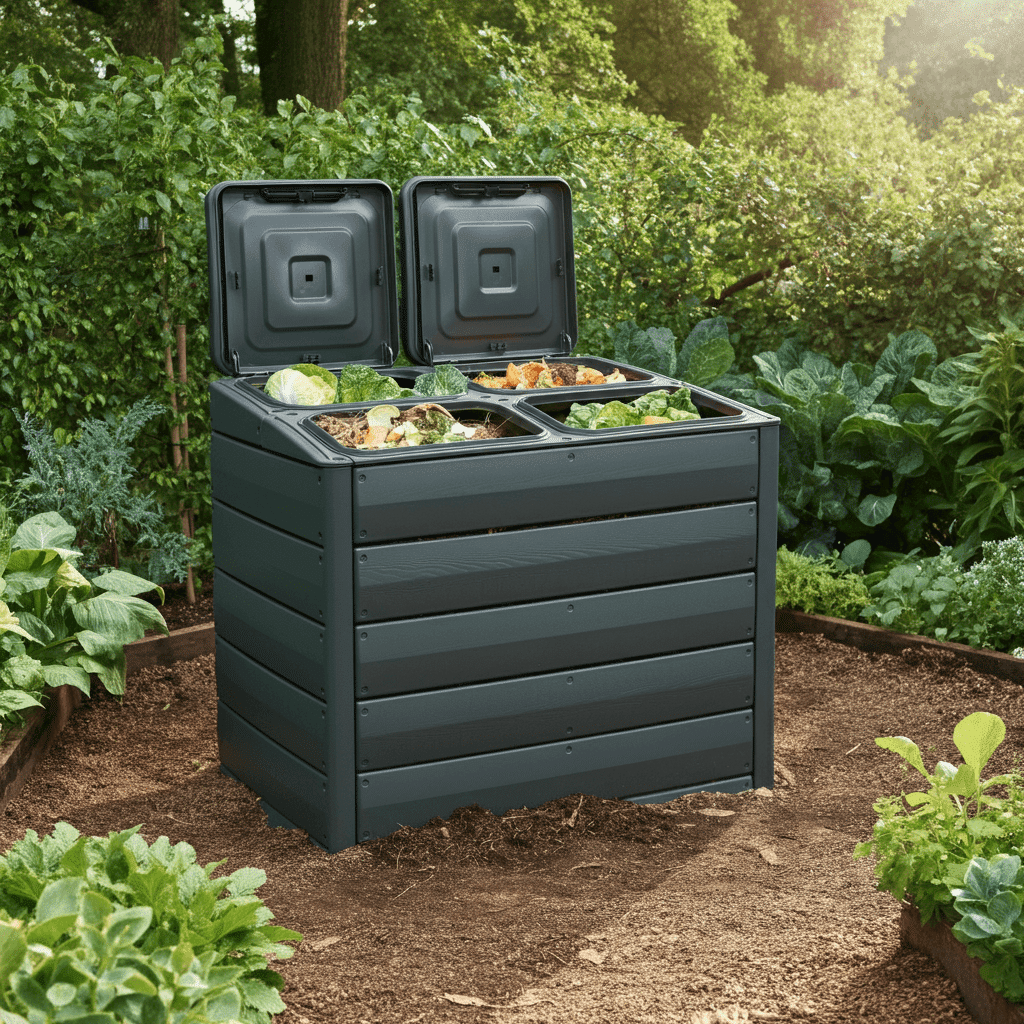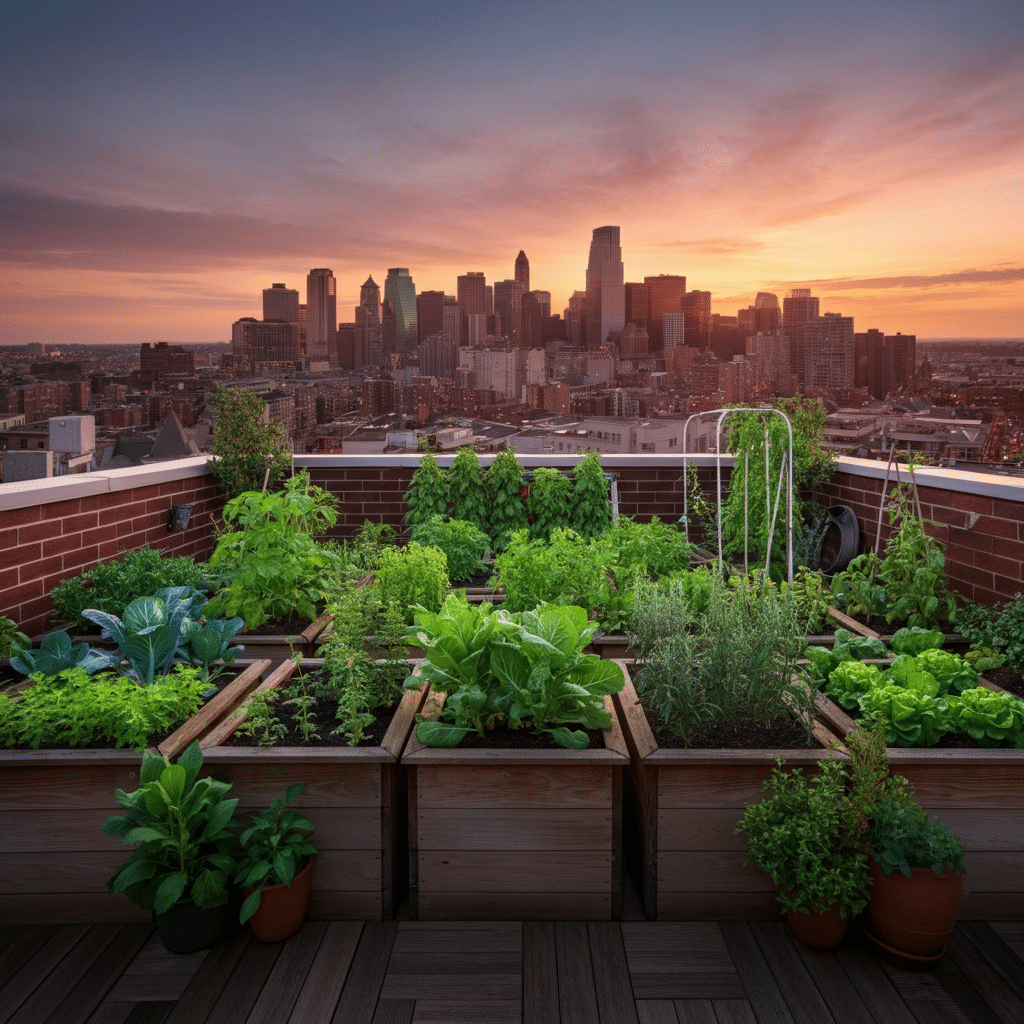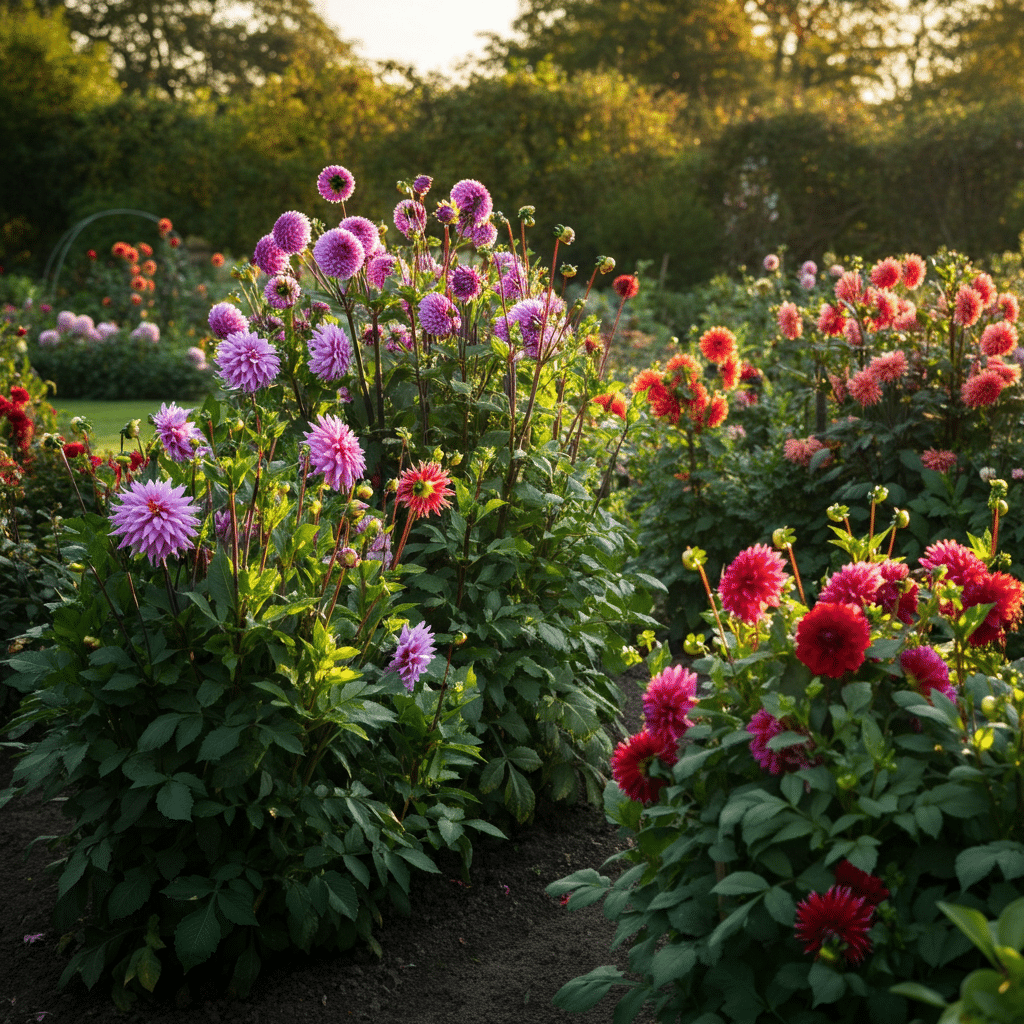Introduction
Looking to make your garden thrive while doing your part for the planet? Composting is one of the most effective ways to enrich soil, reduce waste, and grow healthier plants. But many gardeners hesitate, thinking they lack the space, time, or know-how to begin. That’s where a compact composting system comes in.
This detailed guide will teach you how to craft a small, efficient composting setup, like a four-bay compost system, right in your backyard. Along the way, you’ll learn about aerobic composting, the differences between hot and cold composting, and how to balance your compost ingredients for success. Whether you’re a novice or a seasoned organic gardener, this guide will have you transforming kitchen scraps into “black gold” in no time.
Why Choose a Compact Composting System?
Make the Most of Your Garden Space
A compact composting system, like the 4-bay setup, is perfect for small or urban gardens. Unlike an open compost pile, these systems take up less than 4 square feet while providing enough space for all your organic waste.
Efficient Composting for All Seasons
With a well-designed system, you can control the composting process more effectively in any season. Hot aerobic composting can even help speed things up, so you have nutrient-rich soil in just weeks.
Sustainable Gardening at its Best
Compact systems make composting more approachable. By engaging with local food scraps and yard waste, you’ll contribute to a more sustainable lifestyle while reducing your environmental footprint.
Understanding the Basics of Composting
What Is Composting?
Composting is the process of recycling organic waste into humus, a dark, nutrient-rich material that improves soil fertility. By imitating natural decomposition (like what happens on a forest floor), composting speeds up the return of nutrients to the earth.
The Role of Aerobic and Anaerobic Composting
- Aerobic Composting (with oxygen): This method mimics natural processes found in open-air environments like a forest. It’s faster than anaerobic methods and especially effective when materials are turned regularly.
- Anaerobic Composting (without oxygen): Common in bogs or enclosed spaces, this method is slower, producing methane (a greenhouse gas) as its byproduct.
We recommend aerobic methods, particularly for compact systems, to keep the process odor-free and efficient.
Hot vs. Cold Composting
- Hot Composting involves carefully layering and turning your materials to increase and maintain high temperatures (113–149°F). This method can produce compost in as little as 5–8 weeks.
- Cold Composting is a more hands-off process where materials are left to decompose naturally. It typically takes 1–2 years.
For a small 4-bay system, hot aerobic composting is the ideal approach to maximize space and speed up decomposition.
How to Build a Compact Composting System
What You’ll Need
- Lumber or scaffolding planks (10-inch boards)
- 12 metal corner braces (4-inch or larger)
- Screws or nails
- A pitchfork or rake
- A compost thermometer (optional)
Step-by-Step DIY Instructions
- Cut Your Materials
- From the lumber, cut three 40-inch lengths (longboards) and six 19¼-inch pieces (shortboards).
- Assemble X-Shaped Sections
- Using metal corner braces, fix two shortboards at a 90-degree angle to the center of each longboard. Repeat until you have three “X” sections.
- Combine Sections into a Stack
- Place one section on a flat surface. Stack the next section on top, followed by the third.
- Secure the stack firmly with vertical stakes driven into the ground.
- Start Composting
- Divide the stack into four bays, each for a different stage in the composting process. Begin by filling the first bay with alternating layers of “brown” (carbon-rich) and “green” (nitrogen-rich) materials.
Perfecting Your Compost
The Importance of Carbon and Nitrogen Ratios
Achieving the right balance is essential. Aim for a 50/50 mix of carbon and nitrogen materials to support microbial activity and encourage decomposition. Use the list below for guidance.
Carbon (Brown Materials):
- Dry leaves
- Twigs
- Cardboard and paper
- Sawdust or wood shavings
Nitrogen (Green Materials):
- Fresh grass clippings
- Fruit and vegetable scraps
- Coffee grounds
- Plant trimmings
Turning the Pile
Regular turning aerates the pile and maintains heat, especially during the hot composting phase. Use a pitchfork to rotate materials between bays every 1–2 weeks.
Moisture and Temperature
Keep the pile damp, like a wrung-out sponge. Monitor the temperature with a compost thermometer to ensure it stays between 113°F and 149°F for optimal microbial activity.
Benefits of a Four-Bay System
- Efficient Process
Rotating organic materials through the bays ensures even composting and a steady supply of finished compost.
- Easy Management
Each bay has a clear purpose—from fresh material to finished compost. This structure makes it easy to track progress.
- Promotes Aerobic Activity
Small, manageable piles are easier to turn, ensuring the microorganisms have the oxygen they need to work efficiently.
Common Composting Challenges and Solutions
- Pile Too Dry: Add more “green” materials like fresh clippings or vegetable scraps and lightly spray with water.
- Pile Too Wet: Mix in additional “brown” items like shredded cardboard or straw.
- Strong Odors: Check your green-to-brown ratio; excess nitrogen can cause smells.
Put Your Compost to Use
Once your compost has decomposed to a dark, crumbly texture, it’s ready to enrich your garden beds, boost vegetable yields, and reduce the need for chemical fertilizers. Apply it generously to your soil for stunning results.
Start Composting Today
Building a compact composting system is a rewarding way to reduce waste and grow a thriving garden. The 4-bay design is an excellent option for beginners and seasoned gardeners alike, giving you nutrient-rich compost in record time.
Turn your kitchen scraps and yard waste into “black gold” while promoting sustainable gardening practices in your community. Get creative, start small, and enjoy the many benefits of composting right in your backyard!





I have been checking out a few of your stories and i can state pretty clever stuff. I will definitely bookmark your website.